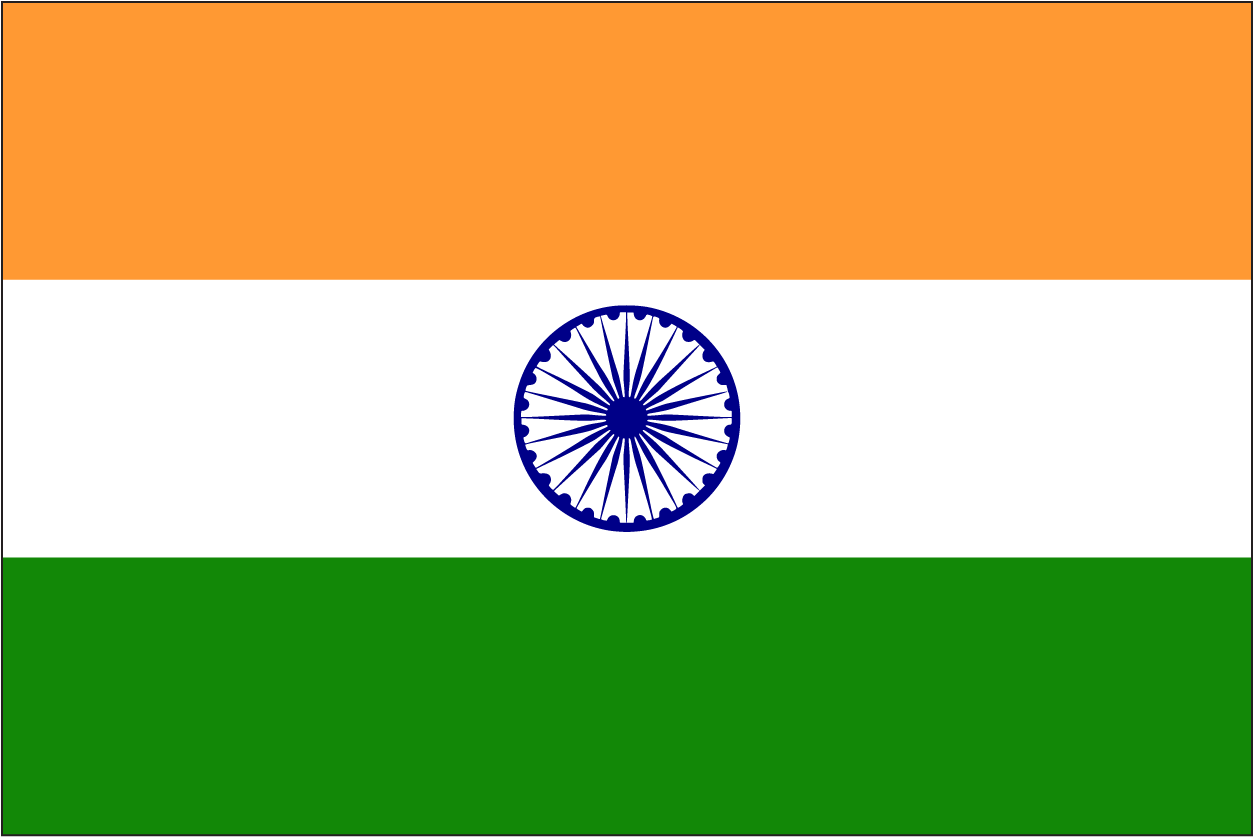India Travelogue
Articles
Travelogues
View more from News & Articles or Primerus Weekly

By Tom Kirvan
India, the world's most populous country as of 2023, is home to more than 1.4 billion people. This immense population is a mosaic of diverse cultures, languages, religions, and ethnicities. India officially recognizes 22 languages, with Hindi being the most widely spoken, and English serving as a major language for administration and business. The country is also the birthplace of major religions, including Hinduism, Buddhism, Jainism, and Sikhism, and is home to significant populations of Muslims, Christians, and others. The diversity of India's population is reflected in its festivals, cuisine, arts, and daily life, making it a vibrant and dynamic nation.
India is a vast and geographically diverse country, bounded by the Himalayas in the north, which include some of the world's highest peaks, including Mount Kanchenjunga, the third-highest mountain in the world. The country’s terrain varies from the fertile plains of the Ganges River to the arid deserts of Rajasthan, the tropical beaches of Goa and Kerala, and the lush forests of the Western Ghats and northeastern states. India is also home to the Thar Desert, the Western and Eastern Ghats mountain ranges, and a long coastline stretching more than 4,660 miles. The country's climate ranges from the extreme cold of the Himalayas to the tropical heat of the southern states, offering a variety of experiences for travelers.
India's history spans thousands of years, with ancient civilizations such as the Indus Valley Civilization dating back to around 2500 BCE. The country has been a melting pot of cultures, with influences from the Aryans, Persians, Greeks, Central Asians, and Europeans. The Maurya and Gupta empires are considered golden ages of Indian civilization, marked by advancements in science, art, and philosophy. The medieval period saw the rise of powerful dynasties like the Mughals, who left behind a rich architectural legacy, including the famed Taj Mahal. In the 18th century, India came under British colonial rule, which lasted until 1947 when the country gained independence. The struggle for independence, led by figures such as Mahatma Gandhi and Jawaharlal Nehru, is a significant chapter in India's history, culminating in the creation of the modern, democratic Republic of India.
India is one of the world's largest economies, characterized by a mix of traditional village farming, modern agriculture, handicrafts, a wide range of industries, and numerous services. The service sector, particularly information technology, has become a major driver of economic growth, with cities like Bangalore and Hyderabad emerging as global IT hubs. India is also one of the world's largest producers of textiles, garments, and steel.
New Delhi, the capital city of India, is part of the larger National Capital Territory of Delhi. It serves as the political and administrative heart of the country and is known for its historic monuments, government buildings, and cultural sites. The city is home to the Rashtrapati Bhavan (Presidential Residence), India Gate, and the Parliament of India. Mumbai, the most populous city, is the financial, commercial, and entertainment capital of India. With a population topping 20 million, Mumbai is a bustling metropolis known for its vibrant street life, Bollywood film industry, and colonial architecture. The city's skyline is a mix of modern skyscrapers and historic buildings, reflecting its status as a global city.


Capital: New Delhi
Population: 1.4 billion
Primary Religions: Hinduism and Islam
Highest mountain peak: Mount Kanchenjunga, 28,169 feet
Must-see Attraction: Taj Mahal
Primerus Member: Sarthak Advocates & Solicitors
Sarthak Advocates & Solicitors, a full-service business law firm located in New Delhi, has been a Primerus member since 2022.
Top 5 Must-See Tourist Destinations